In this patent application (2024-043295), Canon is concerned about the AF performance of fast tilt-shift lenses. It seems that the incidence angle of light hitting the pixel will cause issues with AF performance around the periphery – especially when the plane of focus is tilted.
In machine-translated Canon patent speak, this is what Canon has to say;
When using the device to perform focusing during tilt-shift photography using imaging plane phase difference AF, a sensitivity difference occurs between the plurality of photoelectric conversion units depending on the tilt angle. As a result, the distance measurement accuracy of the phase difference detection pixel decreases, and the accuracy of focused photography decreases and focusing becomes slow. The present invention aims to provide a technique for suppressing a decrease in distance measurement accuracy in an imaging apparatus that performs tilt-and-focus photography using a solid-state imaging device having phase difference detection pixels.
How they are getting around this is by changing the microlenses near the periphery of the sensor to be able to capture the light at extreme angles better.

I’m always curious about these types of patents on how well normal lenses would work – would their AF performance suffer because those microlenses are tuned to fast lenses? Would Canon simply do some microlenses that way, similar to the old phase detect pixels on sensors in times gone by – so a fast lens could use specific pixels for focus? All this, I’m not entirely sure of. But I’ll wait for someone to tell me how my thinking is wrong on this in the forums ;)
While this problem Canon notes seems to be more exasperated by fast or tilting lenses, it may be a reason we won’t see a combination; for example a fast tilt-shift lens with autofocus. But we may instead see F4.0 or slower. Not out of speed, but to make the AF function smoother across a range of Canon cameras.
What they may also do to achieve reliable AF on older cameras is limit the AF area for a tilt-shift lens when it is in “tilt” mode to only use the center region, while newer cameras with a modified sensor have a much larger AF area. That would have nothing to do with the infamous Cripple Hammer™, but just a function of the sensor.
We have seen a steady progression on Canon’s tilt/shift lenses that include internal tilt and shift and also auto-focus. This shows that the research is continuing in Canon and that they are considering all possible problems before it potentially comes to market.
But as with all patent applications, this is a look into Canon’s research and not a guarantee of an actual product, but we can hope.
Japan Patent Application 2024-043295
|
When you purchase through links on our site, we may earn an affiliate commission. Here's how it works. |


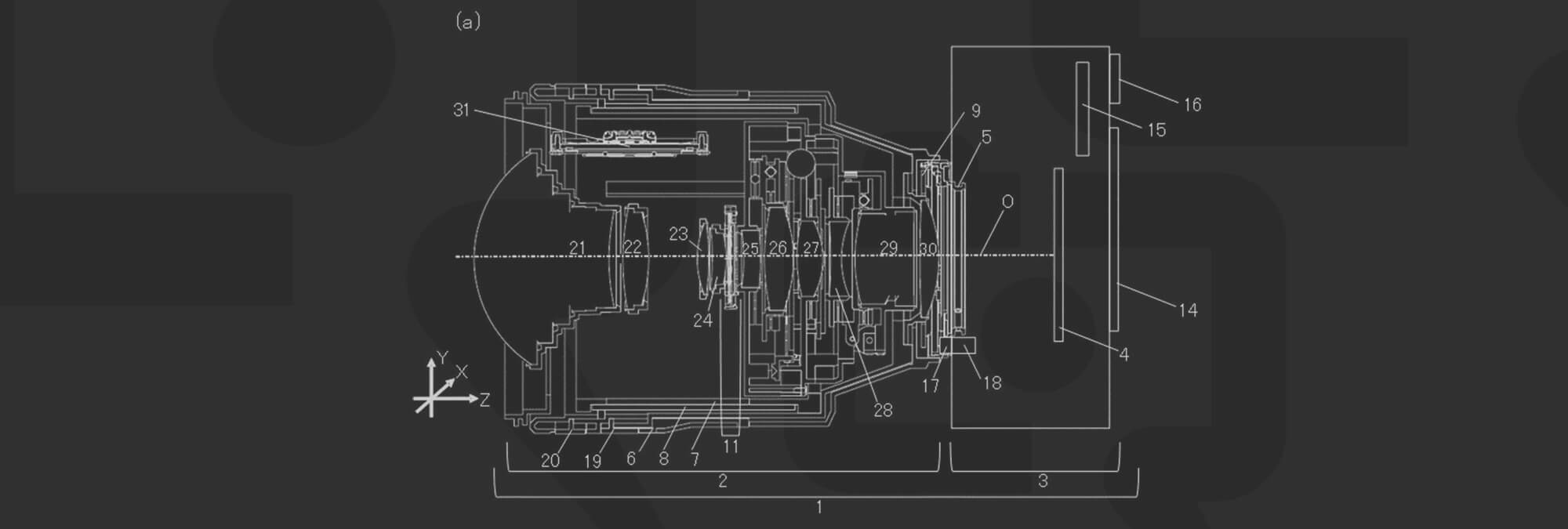
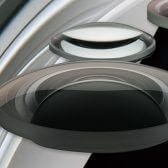
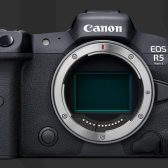
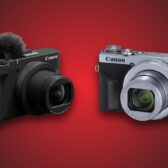
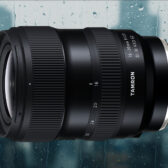
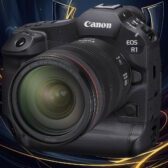
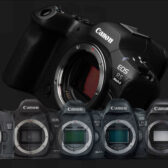

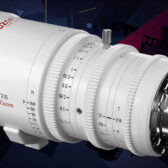

I'm very interested in the development of such kind of lens though I probably will never can afford it.
I would still like to see them come out soon.